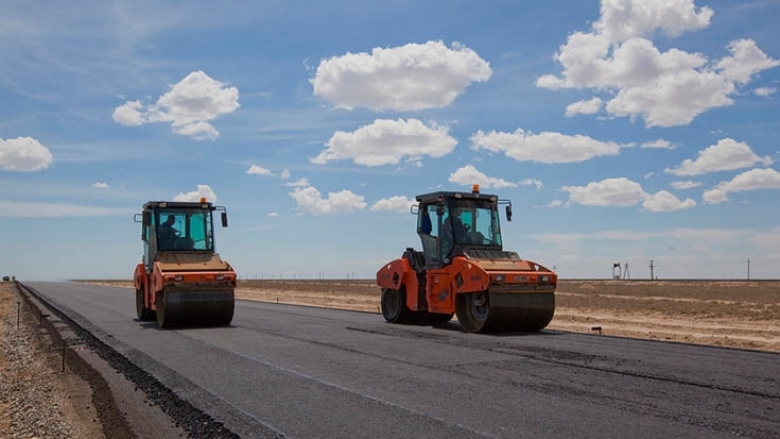Addis Ababa, July 13, 2015—Speaking at the Third International Conference on Financing for Development in Addis Ababa, Ethiopia, World Bank Group CFO Bertrand Badré announced today that the Global Infrastructure Facility (GIF) is “open for business” for governments from emerging markets and developing economies.
“We cannot end poverty and we cannot deal with financing for development, without putting infrastructure front and center,” said Badré. “The GIF would like to invite emerging market and developing country governments to come forward with projects and investment programs that may need support through the project preparation and transaction process.”
This would include infrastructure investments in basic services such as power, transport, water and sanitation that have the potential to leverage private finance and that come with strong government commitment.
Infrastructure plays a critical role in driving growth, competitiveness, job creation, poverty alleviation and ultimately in sustainability—both in decisions that limit emissions, that strengthen resilience and that address local environmental concerns. Conversely, inadequate infrastructure, particularly in developing countries, is a constraint on economic growth and a persistent challenge for governments.
The Global Infrastructure Facility is focused on expanding the universe of infrastructure projects that have the potential to mobilize private investment. A collaboration among the major multilateral development banks working with the governments of Australia, Canada, China, Japan and Singapore have come together in the partnership called the GIF. The GIF is dedicated to the design, preparation and structuring of viable and sustainable infrastructure projects. They will be designed to maximize the likelihood of financing from long-term private sources such as institutional investors. The GIF’s private sector Advisory Partners represent some US$12 trillion in assets and include pension funds, insurance companies, fund managers, reinsurers and sovereign wealth funds, as well as commercial banks. Along with the World Bank Group, Canada is co-chair of the GIF’s Governing Council.
